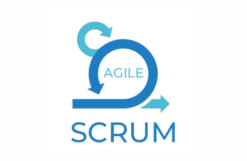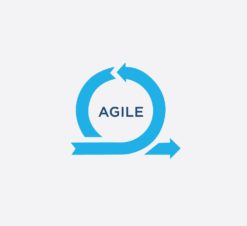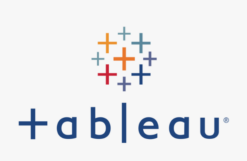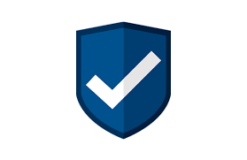Duration: 5 days – 35 hrs
Overview
THE LEAN SIX SIGMA GREEN BELT is ideal for anyone looking to get the most out of their career. Improving the quality of the processes and experiences has long been effective within all industries and environments. The Green Belt individuals responsibility are to manage small to medium scale project and supporting Black Belts in larger endeavors.
Objectives
- Equip participants with a foundational understanding of Lean Six Sigma principles and methodologies.
- Provide practical knowledge and tools to identify and eliminate process inefficiencies and defects.
- Enable participants to lead and contribute to process improvement projects within their organizations.
- Develop skills in data-driven decision-making and statistical analysis for process optimization.
- Cultivate a problem-solving mindset to enhance business processes and drive continuous improvement.
- Empower participants to collaborate effectively with cross-functional teams to achieve measurable results.
- Prepare participants to apply Lean Six Sigma tools and techniques to real-world business challenges.
- Support participants in achieving certification as Lean Six Sigma Green Belt professionals.
Audience
- Process Improvement Professionals: Individuals responsible for identifying and implementing process improvements within their organizations.
- Quality Managers: Those responsible for maintaining and enhancing product or service quality while driving efficiency.
- Project Managers: Professionals looking to integrate Lean Six Sigma methodologies into their project management practices.
- Team Leaders: Individuals leading cross-functional teams focused on process improvement initiatives.
- Operations Managers: Those overseeing operational processes and seeking to optimize efficiency and quality.
- Analysts: Data analysts, business analysts, or financial analysts interested in using data-driven insights for process improvement.
- Engineers: Professionals from various engineering disciplines aiming to enhance processes and reduce waste.
- Supervisors: Front-line supervisors aiming to improve the performance of their teams and workflows.
- Continuous Improvement Practitioners: Individuals focused on fostering a culture of continuous improvement within their organizations.
- Executives and Managers: Decision-makers interested in understanding how Lean Six Sigma principles can benefit their organization’s strategic goals.
- Any Professional Seeking Skill Enhancement: Individuals from diverse backgrounds interested in developing skills in process improvement, problem-solving, and data analysis.
Pre- requisites
- Basic familiarity with process terminology and concepts.
- Proficiency in using common office software (e.g., Microsoft Excel, PowerPoint).
- Basic understanding of data analysis and statistics (no advanced knowledge required).
- Willingness to engage in collaborative problem-solving exercises.
- Openness to learning and applying Lean Six Sigma principles.
- No prior Lean Six Sigma experience required.
Course Content
Overview
- History of Lean Six Sigma
- DMAIC CS. DMADV
- Six Sigma Structure
- Project Types
Lean
- Go to actual place (GEMBA)
- 8 wastes (Overview)
- Bottleneck
- Mistake proofing
- (Poka-Yoke)
- 5’s
- Kanban
- Process Pulse
- Sample Lean Cases
Define
- Project charter
- SIPOC
- Voice of the Customer (VOC)
Affinity Program
Kano Mode
VOC to Criticai To Quality
Measure
- Data Collection- Data
Types of Data
Operational Definition
Sampling
Validation
- Data Analysis 1
Variation
Special and Common
- Cause
Stratification
Counting Runs
Calculate Control
- Limits
Specification vs. CL
- Data Analysis 2
Frequency Plots
80/20 Principle
- Process Sigma
- Normal Curve
- Z Value
- Detailed Process Map
Activity Process Map
Deployment Process Map
- Value and Non-ValueAdding Activities
- 8 Waste (Detailed)
- Process Pulse (Detailed)
Analyze
- Identifying Causes
- Brainstorming Potential
- Cause
5 whys Analysis
Fishbone Diagram
- Verifying Causes
Testing Theory with Data
- Both Data are Continuous
Scatter Plots
- Correlation and Causation
- Mix of discrete andcontinuous data
- Multi-Vari Analysis
- Both Data are Discrete
Improve
- Solution Ideas
- Project Management
- Failure Mode and Effect Analysis (FMEA)
- Evaluate Results
- Recalculate ProcessSigma
Control
- Standardize andReplicate
- Process ManagementChart
- Monitoring
- Closure
Group Presentation
- Case Study












